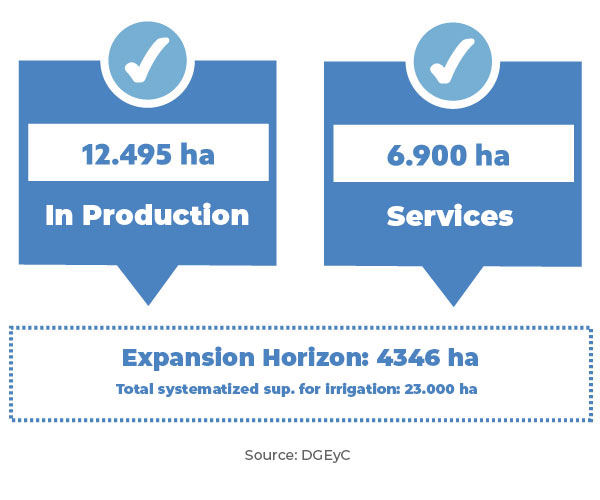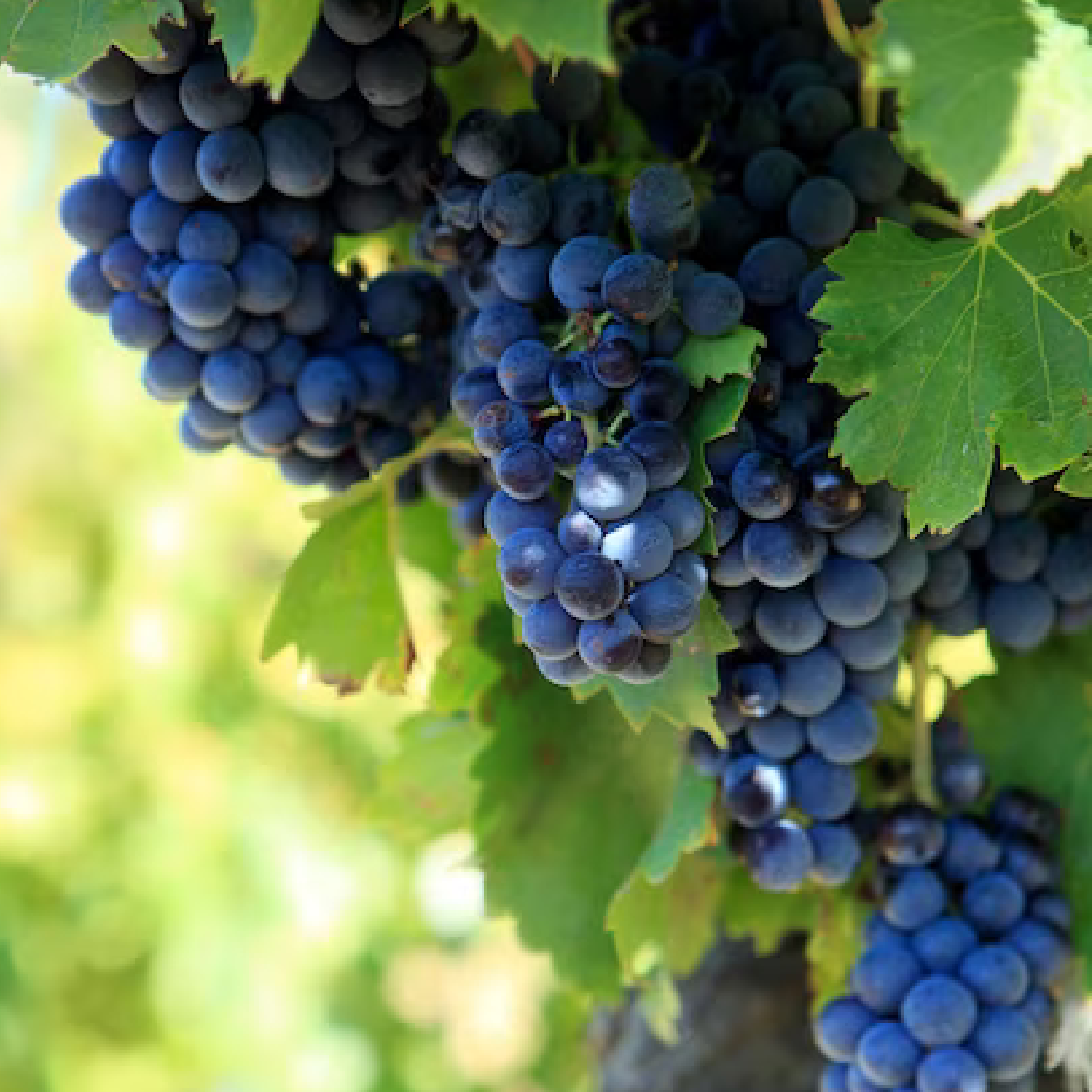The vineyards located in the village of Casa de Piedra, with their different grape varieties,
have become highly relevant due to their quality, which has lead, in consequence, to the
settlement in the area of private companies already established either in the national or
international market, such as “Catena Zapata” and “Familia Cassone.” The Government of La
Pampa’s entity called “Ente Provincial del Río Colorado” (EPRC) has strongly promoted this
region as producer of grapevine, dried fruit and vegetables.
This is a region with great
potential to become the major grape and wine production center in the Province. EPRC
provides grapes to a few wineries such as “Quietud” (which is located in the city of Santa
Rosa and grows more than 10 varieties of grape that have received national and international
awards), “Lejanía” (based in the town of Governador Duval), and the winery “Estilo 152”
(which produces wine in the city of General Acha, using traditional methods).
These wineries
have a great potential for development and growth, and for selling their production in
international markets, still maintaining the supply within the Province. The region of 25 de
Mayo, in the high valley of Colorado River, is another promising area to grow grapevine. The
winery “Bodega del Desierto” has been settled there since 2001, and it has 140 hectares of
vineyards and a total production of up to 500 thousand liters. This winery specializes in
making quality wine, and it uses advanced technology in the same way as it profits from some
of the unique characteristics of the region such as the continental dry weather, the temperature
range, and the strong winds.

Areas under irrigation
In the south-east of the Province of La Pampa, there is a system especially designed to
manage the water from Colorado River, where there is a vast irrigated area of land cultivated
with different types of crops.
The area under irrigation includes the towns of Colonia 25 de
Mayo, La Adela, Gobernador Duval and the village of Casa de Piedra. This area has become
an excellent region to grow lucerne for fodder, cereals, fruit, grapevine, vegetables and trees.
In 2019, the net area under irrigation increased by 55% with respect to the previous year,
growing from 8,039 to 12,495 hectares. Nowadays, there are 240 families working in that area
of land.


